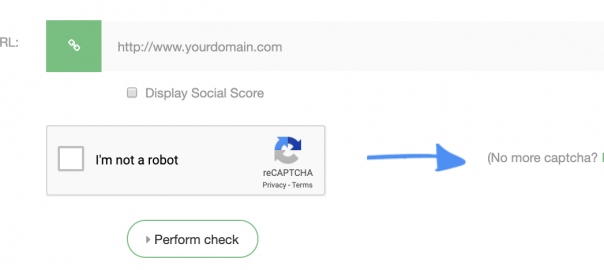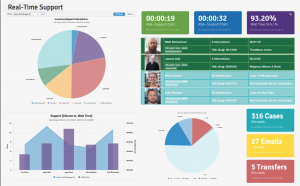
SEO is an indispensable tool for affiliate marketers who use content marketing to promote their affiliate offers. The right SEO techniques can not only improve your rank in the search results and generate more traffic to your affiliate site but also drive more conversions and affiliate commissions your way. You cannot have effective content marketing without SEO.
Here is a list of 10 easy SEO hacks that you might not have considered before:
1. Alt text for images
Alternative text, known as alt text, alt description or alt attribute, is a word or phrase that can be added as an attribute in an HTML document to describe the nature or function of an image on a page.
Alt texts are used for one of three reasons:
- They are displayed to replace an image if the image cannot be loaded.
- They help search engine crawlers index an image properly by offering them better context.
- They are used for web accessibility so that visually impaired users can understand on-page images better.
If you’re using a website building platform such as the Divi Builder plugin on WordPress, you may simply type your alt text in the designated section when you click “edit image.” The plugin will embed the alt text into your code automatically.
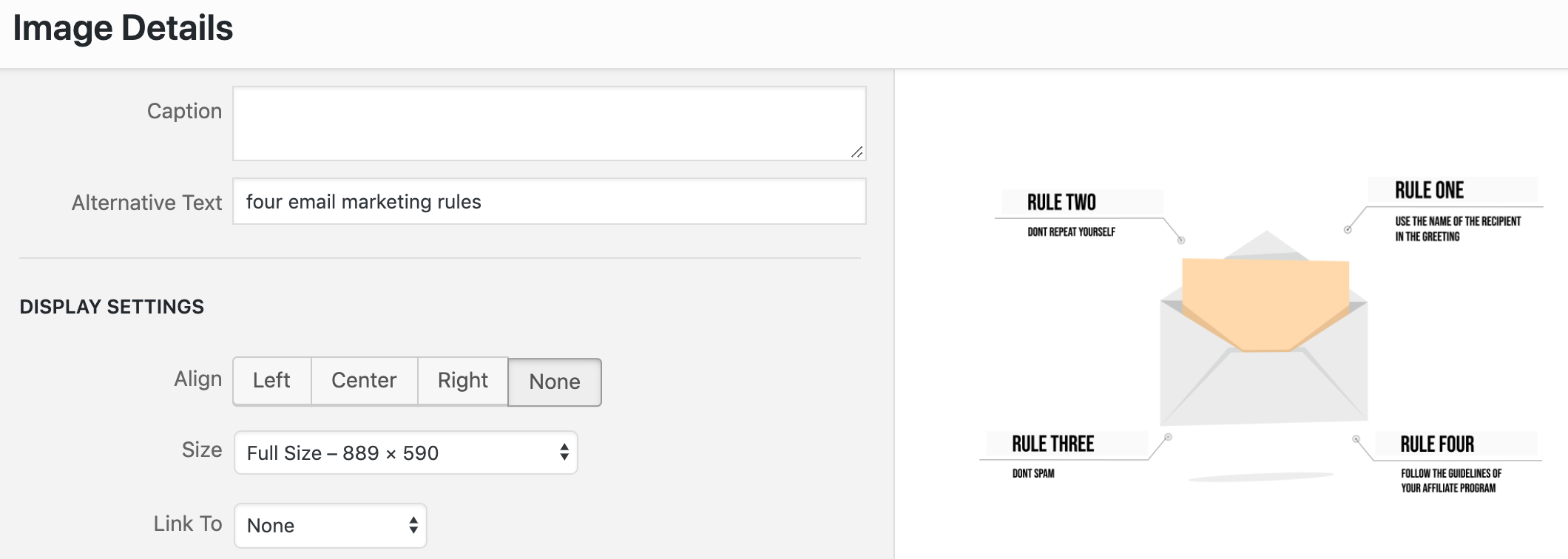
Or you can insert it directly into your HTML code.

When you create an alt text, try to make it as descriptive as possible. You’re able to use keywords but avoid unnecessary keyword stuffing. The example I used above is an animated image, GIF, which also contains text that sophisticated crawlers might even manage to read. However, adding metadata to such GIFs can still be useful for SEO.
Including alt text is useful because it can contribute to your image SEO. By using them, you avoid the risk of search crawlers misinterpreting the intent of your image and ranking for unintended keywords or not ranking at all.
2. Rank for featured snippets
Featured snippets are results that show up on search engine results after the ads but before the actual ranked results. The purpose of this format is to provide users with direct, concise answers to their questions without having to click through the results.
They often feature an image that makes them stand out even more, as in this example:
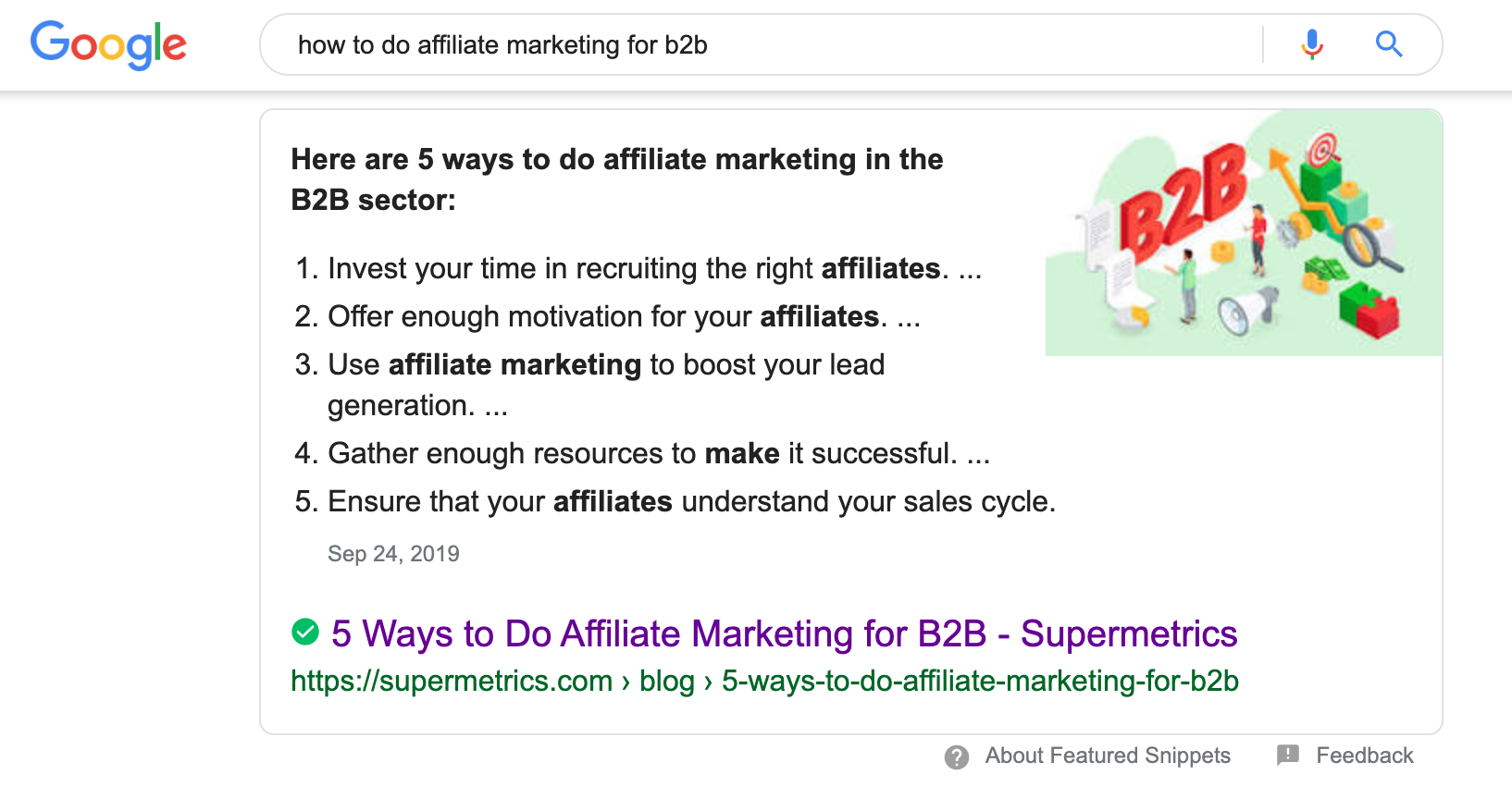
Thanks to their ability to show up on the top and steal clicks from the highest ranking results, featured snippets are effective for SEO. But how to optimize your content so that it can appear as a featured snippet?
First you have to identify what type of featured snippet you’re after. There are three main types: paragraph featured snippets, list featured snippets and table featured snippets.
For a paragraph featured snippet, you need a few lines of text that directly answer a specific question. Write a short paragraph that provides a brief overview of a specific topic or presents a definition of that topic.
For a list featured snippet, write a short introductory line, followed by a numbered or bulleted list of steps, for example. They are most commonly displayed for queries that start with “how to” or “best ways to,” as shown in the example above.
For a table featured snippet, use an introductory line, followed by an excerpt from an HTML table that is featured in the snippet.
You can optimize your content for featured snippets by focusing on relevant keywords and centering your content around questions that you expect your audience to search. And you may also look for related questions and answer to all of them in the same post.
Other general rules that apply to all types of featured snippets include:
- keep your content concise and to the point
- take advantage of external resources
- use headers to ensure easy navigation, and
- consider cross-device functionality.
But can featured snippets actually increase traffic if they answer to the search question fully and eliminate the need to click your link?
According to HubSpot research, content with a featured snippet can more than double your click-through rate. And for list featured snippets, you can always make your list longer so that users receive some additional value by clicking through to your page.
3. Increase click-through rate
Your click-through rate (CTR) is the percentage of search engine users who click on your search result. Similar to search engine rankings, your click-through rate has a direct impact on your traffic and conversions.
A high CTR means that your affiliate site is relevant to the search query. The more people who find and click your website in the results, the more relevant your website appears to Google. In this sense, if your affiliate site has a high CTR, your high rank in the search results is justified.
So, how can you optimize your click-through rate and encourage more people to click your website instead of your competitor’s? Here are some ways to do that:
- Write an effective, unique meta description that matches your content, includes your focus keyword and contains a call-to-action.
- Choose long-tail keywords because they are more specific and easier to rank for.
- Create a relevant, clickable title that includes your focus keyword and doesn’t have anything extra such as your brand name.
- Use power words that evoke emotional responses among search engine users.
- Make your URLs more descriptive and include your focus keyword in them.
By optimizing these factors, you may both increase your CTR and improve your ranking.
4. Focus on cornerstone content
Cornerstone content is your evergreen content that continues to be relevant to your audience over time. It comprises the core of your affiliate site, covering your most important articles and pages you want to rank the highest in the search engines.
Focusing on cornerstone content means creating longer, informative articles that cover everything important about a certain topic. You should update these articles or pages regularly, link to them internally and get them to rank for the most competitive keywords.
Keep in mind that websites don’t rank, individual pages do. If you want to rank for a specific keyword, you have to decide which page or post you want to rank for that keyword.
If you write a lot of articles on similar topics, you need to determine which of them is the most important and tell it to Google through your internal link structure. If you don’t, you will impair your ability to rank well in the search results.
Don’t add the same keyword to the title of every page. Use each focus keyword only once. And you need to have one central article that links everything together.

So, when creating your cornerstone content, make sure that it’s relevant to the needs of your audience and provides exhaustive information on the topic. You should also keep it up to date and include a link to it in the sidebar of your affiliate site.
5. Optimize your footer links
Try to avoid squeezing too much information in your footer as that can actually damage your SEO. Optimizing your footer links so that they can boost your ranking means making your anchor texts more descriptive and matching them with the search queries that bring people to your site. But keep them succinct and relevant to the linked pages.
Rather than just listing your product and page names, you should try to make your anchor texts in the footer more clickable, for example by using calls-to-action (CTAs). And there is no need to link to your product pages, only. You should link to those pages that offer the most value to your visitors. Usually, this would be your cornerstone content.
6. Install an SEO plug-in on WordPress
If you use WordPress to manage your website content, you may want to boost your optimization efforts with an SEO-plug-in such as Yoast. These plug-ins come with a bunch of useful SEO tools that offer a complete website optimization. They monitor your posts in real time and give you a general overview of your WordPress console.
With SEO plug-ins, you can easily optimize your SEO meta titles and descriptions on your pages and use an automatically generated XML sitemap of all of your content.
Yoast has a free version with limited features and a premium version with access to all available SEO features that comes with a price tag starting from $ 89 for one website.
7. Use free keyword research tools
This is a useful hack especially for those affiliate marketers who are just starting out and don’t want to spend their money on premium SEO tools.
As you’re probably already familiar with Google Analytics, you can easily find out which search queries are performing in the SERP. You’re able to access this data from “Acquisition” and then choosing “Search Console” and “Queries”.
SEOBook is a practical SEO guide that offers a variety of basic tools for keyword research and analytics, for example. You might want to use it for checking the keyword density of your articles or the search volumes of your relevant keywords.
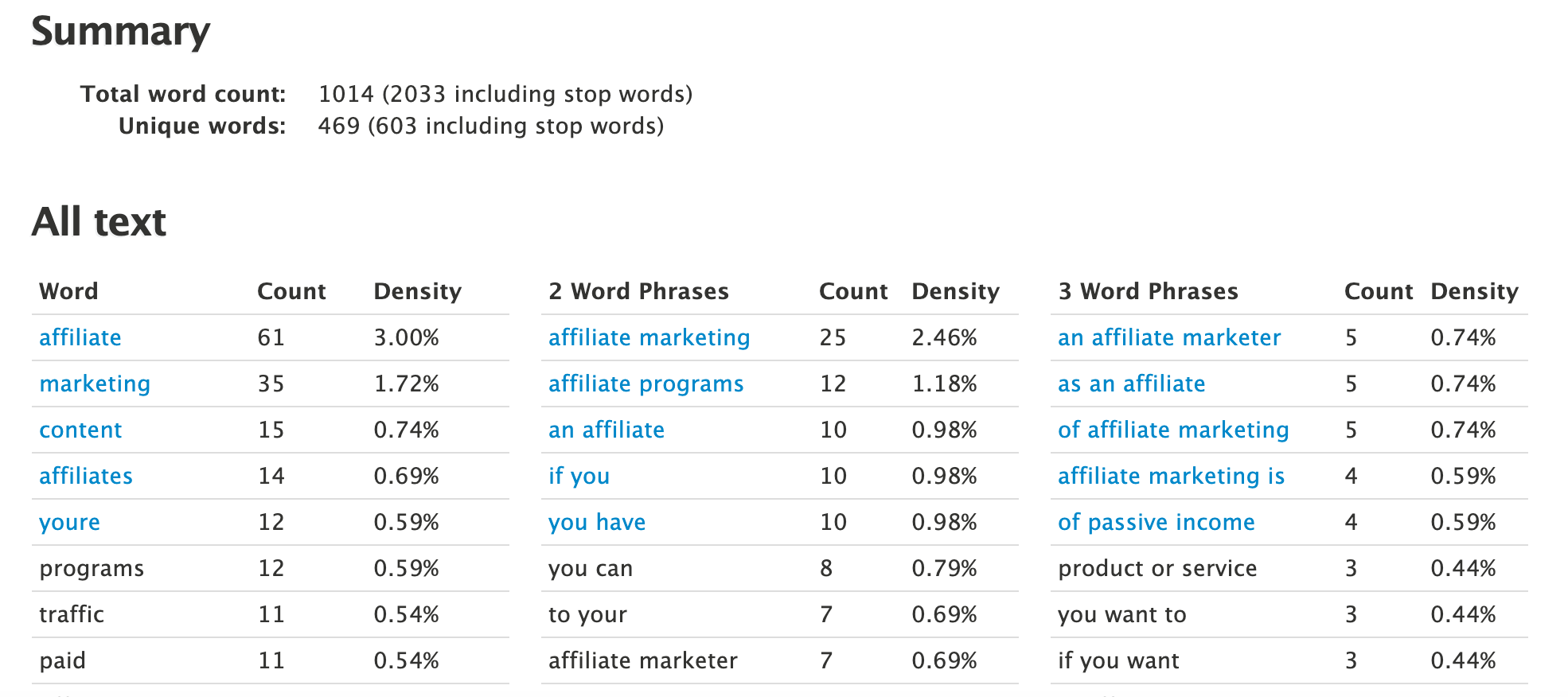
For building backlinks to your affiliate site, you may evaluate the quality of your potential backlinks by using free tools for checking both the traffic and domain authority of those websites.
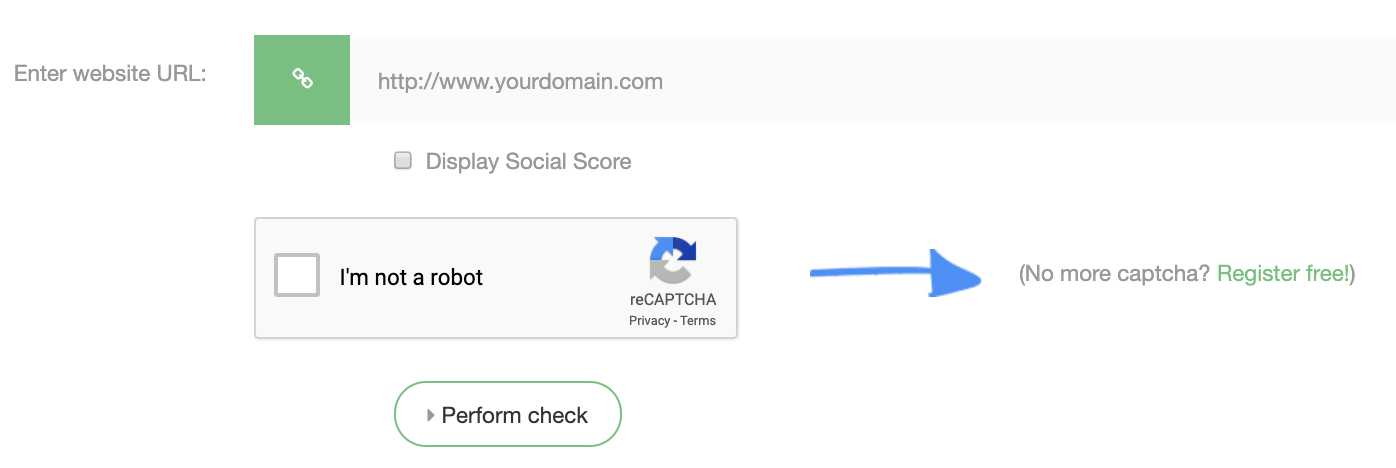
These free tools are definitely enough to get started with SEO as an affiliate marketer. For more advanced features, there are other useful tools such SEMrush and Ahrefs.
8. Take advantage of long-tail keywords
Because long-tail keywords are more specific, it’s easier to rank for them. When you center your content around them, you will boost the overall volume of related search queries that you also rank for. This is why long-tail keywords should be your focus.
You can insert related search queries into your H2 headings, for example. That way, you will cover many keywords in a single post, both long-tail and short-tail keywords.
9. Create infographics
Infographics are visual representations of data and they are optimal for earning backlinks and increasing your traffic. But what makes them so effective?
First of all, your infographic needs to have an outstanding design that attracts attention. You may create your own design with tools such as Canvas or Crello, or you might want to hire a freelance designer to get a more professional look.
Your statistical data also has to be well-researched. Try to avoid recycling the same data people can find on many other websites. If you use secondary data, make sure that it’s from reliable sources. But if you have the resources, collecting primary data is always preferred. It makes your content more unique and helps your infographic draw attention.
Finally, your ability to promote the infographic will determine how much value you will extract from it. You can share it on multiple channels, including your affiliate site or blog, social media channels and forums. You may also reach out to relevant influencers.
And you can make your infographic easily shareable on social media by creating social media sharing buttons on WordPress. For example, you may the WP Social Sharing plug-in. Another tool is Siege Media’s Embed Code Generator, which allows people to copy and paste your infographic on their own website, giving you attribution every time that happens.
10. Embed videos in your posts
Videos make your content more engaging, and they are particularly effective on social media. In fact, 88% of video marketers are satisfied with the return on their video marketing efforts on social media.
You may embed videos in your posts or replace one of your steps with a video where you explain or show the method instead of writing it out. This is a good way to catch your visitors’ attention and keep them engaged. Thanks to the improved engagement, posts that feature videos have a tendency to lower your bounce rate, which is good for SEO.
When it comes to optimization, integrate only relevant videos into your content. You can make videos the focus of your posts but ensure that your video and audio always have a high quality. And optimize your title and meta descriptions with relevant keywords.
In conclusion
With these SEO hacks, you will hopefully manage to boost traffic to your affiliate site, which will bring you more sales and affiliate commissions. And now it’s time to put them into practice.
Given the fierce competition for traffic, it’s good to have a few tricks up your sleeve. The techniques mentioned in this article help you stay one step ahead of other affiliate marketers, and they are also easy to implement without any background in SEO.
Digital & Social Articles on Business 2 Community
(61)
